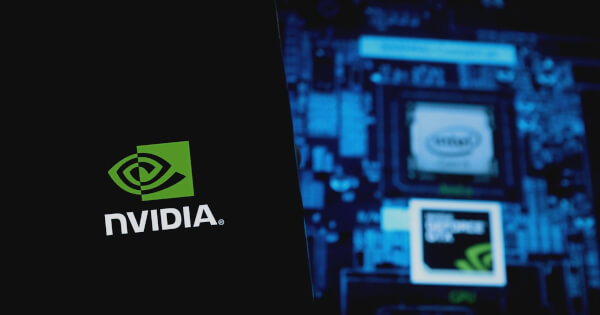NVIDIA has announced the release of Parabricks v4.3.1, a significant upgrade to its genomic analysis software, according to the NVIDIA Technical Blog. This latest version introduces new functionalities for variant calling in somatic data, enhancing the computational efficiency and accuracy of genomic studies.
Variant Calling for Genomic Analysis
Variant calling is a critical process in high-throughput sequencing, enabling scientists to identify variants across whole genomes, exomes, and gene panels. This process is essential for understanding diseases and developing potential treatments. However, it is computationally intensive, especially for whole-genome sequencing, requiring significant resources for sequence alignment and variant detection.
DeepVariant for Germline Data
DeepVariant, a deep-learning–based variant caller developed by Google, is one of the most popular tools for germline variant detection. It reduces false positives and detects variants that traditional methods often miss. In the latest Parabricks release, DeepVariant has been upgraded to version 1.6.1, offering improved performance in GPU-accelerated germline variant calling.
DeepSomatic for Somatic Data
DeepSomatic, the somatic counterpart to DeepVariant, has been integrated into Parabricks v4.3.1. Somatic variants, which occur after conception and affect non-reproductive cells, are not hereditary and happen randomly. DeepSomatic provides high-accuracy variant calling for somatic data and is now supported for short-read sequencing in the Parabricks platform.
“High-accuracy deep-learning tools like DeepSomatic are critical to advancing genomics research and deepening our understanding of somatic mutations,” said Francisco Garcia, Ph.D., senior vice president of Informatics at Element Biosciences. “Combined with Element’s high-quality Q50-enabled UltraQ sequencing, they provide a powerful solution for analyzing high-depth cancer genomes.”
Minimap2 v2.26 Upgrade in NVIDIA Parabricks
Minimap2, a popular tool for aligning long-read sequences, has also been upgraded to version 2.26 in Parabricks v4.3.1. This upgrade includes improved splice alignment for RNA sequencing data and better integration with long-read sequencing platforms like PacBio.
“This latest release of Parabricks includes the same version of Minimap2 used by the pbmm2 read aligner from PacBio,” explained Aaron Wegner, senior director of product management at PacBio. “I am excited to see partners like NVIDIA continuing to make it easier and faster to analyze HiFi long reads from our game-changing Revio system.”
Parabricks Benchmarks
With each release, NVIDIA aims to improve benchmark performance across instruments, tools, and GPUs. Table 1 outlines the latest benchmarks from the previous Parabricks v4.3 release, showcasing the performance on popular NVIDIA GPUs like the H100 for speed and the L4 for cost efficiency.
| H100 Fastest Speed |
L4 Lowest Cost Per Sample |
||||
| 2 GPU | 4 GPU | 2 GPU | 4 GPU | 8 GPU | |
| FQ2BAM | 17.18 | 9.88 | 47.35 | 21.77 | 13.60 |
| BWA-Meth | 27.43 | 15.12 | 77.35 | 39.77 | 22.47 |
| DeepVariant | 9.67 | 5.82 | 23.48 | 13.10 | 7.8 |
| HaplotypeCaller | 10.57 | 4.90 | 12.00 | 7.73 | 4.27 |
| Mutect2 | 25.80 | 13.60 | 55.8 | 32.50 | 17.5 |
30x whole genome sequenced for FQ2BAM, BWA-Meth, DeepVariant, and Haplotype Caller with Illumina data.
50x tumor-normal whole genome sequenced for Mutect2 with Illumina data.
Get Started
With the latest 4.3.1 release, scientists and researchers conducting cancer sequencing can now access DeepSomatic for short-read sequencing. Parabricks 4.3.1 accelerates the deep-learning–based approach from Google by powering an easy-to-use, accelerated version for somatic variant calling.
Image source: Shutterstock
. . .
Tags








